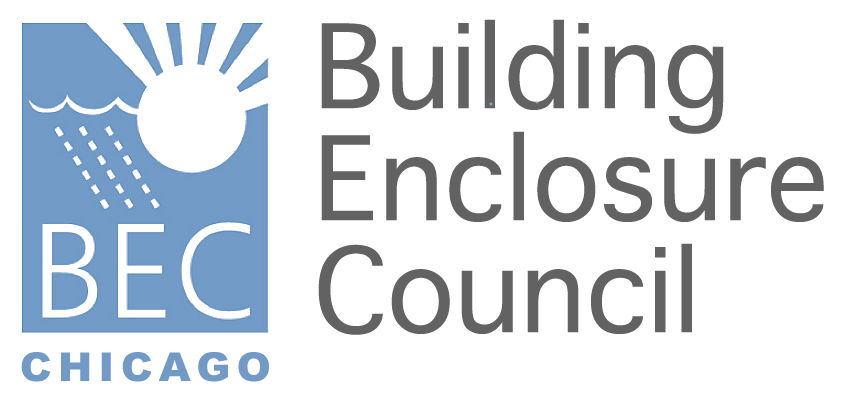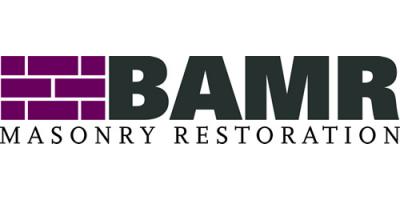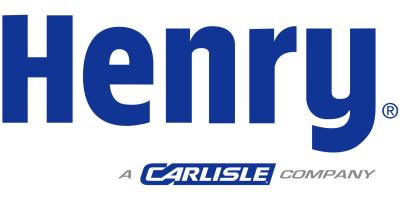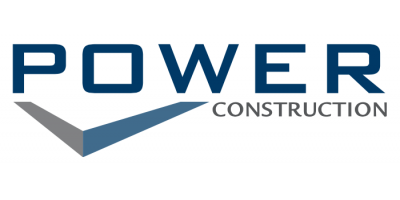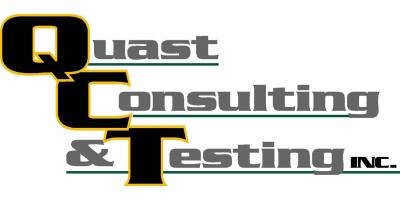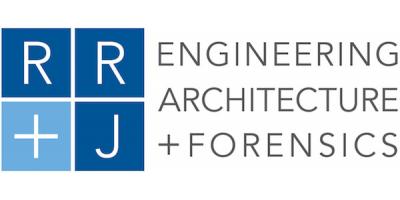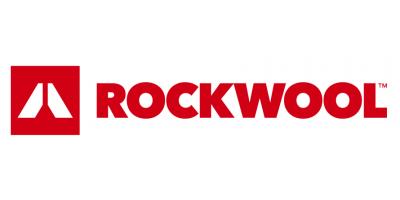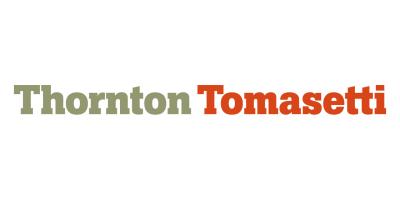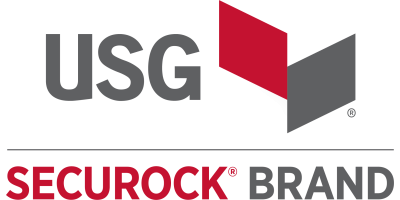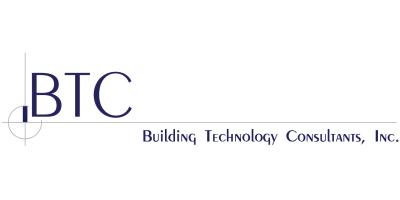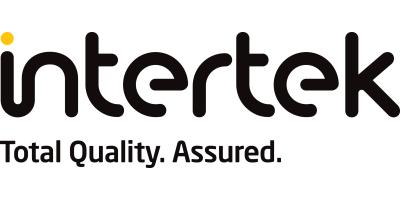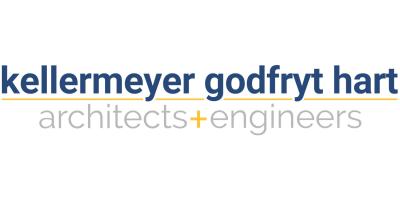| Location | Virtual Meeting via Zoom |
AIA CREDIT: Yes
ABSTRACT:
Obsolete construction technology is a heavy burden for aging buildings. Midcentury buildings, those built immediately after World War II through the mid-1970s, added extraordinary complexity to enclosure systems with the introduction of new wartime materials and untested technologies. The continual tweaking assemblies to push buildings taller, lighter, faster, and cheaper meant that facade technology, a relatively staid practice through the late nineteenth century, was evolving faster than our ability to predict performance issues. In many ways, this has not much changed today.
While the life-cycle of traditional masonry facades is well understood, midcentury enclosures are increasingly under scrutiny as sources of serious performance issues and potential overhead hazards. The complexity and lack of redundancy in these systems presents serious challenges to repairs and retrofits, regardless if the end goal of those interventions is energy or public safety driven. This scrutiny is paired with growing advocacy for modern heritage to prevent the wholesale loss of individual structures and broader building trends of architectural significance. But what about preservation of the failing enclosure technologies that made these buildings possible?
This presentation will review the conflicts between the preservation of obsolete but technologically important enclosure systems and the challenges they face for meeting modern life-safety requirements. Using several case studies, the real-world impact of detailing, material behavior, appearance, energy efficiency, hazardous materials, and maintenance will be covered, in addition to the impact of both changing building codes and our evolving understanding of how midcentury façades behave as they age.
LEARNING OBJECTIVES:
- Understand the technological development of facade systems in the mid-twentieth century
- Recognize failure modes and distress conditions related to material performance and installation issues for mid-century facades
- Identify when failures and distress conditions elevate to life-safety issues
- Compare retrofit and restoration approaches for historical appropriateness against performance improvements
PRESENTER BIO:
Lurita McIntosh Blank, NCARB, RBEC, REWC, RRC, RWC, APT RP, is an Associate Principal with Raths, Raths, & Johnson. She specializes in masonry conservation, façade restoration, roofing and waterproofing, and enclosure consulting with a special insight into the integration of waterproofing with vertical enclosures. She has provided restoration services for dozens of National Register and National Historic Landmark properties across the nation, balancing materials and performance needs for complex enclosure issues.
Lurita is a Registered Architect, a Registered Building Envelope Consultant through IIBEC, and a Recognized Professional through the Association for Preservation Technology. She is deeply involved with the Association for Preservation Technology, currently serving as Treasurer for the international organization and Vice President for the Western Great Lakes Chapter which serves the Chicago area.
VIRTUAL MEETING REGISTRATION & LOGIN INFORMATION:
For BEC Chicago members, an invite with REGISTRATION LINK will be sent out approximately 7 to 10 days in advance of event. After registration, a confirmation email with LOGIN INFORMATION with be sent for the virtual meeting that will be hosted through ZOOM. For non-BEC Chicago members interested in attending, you may contact Jeff Diqui at jdiqui@imiweb.org to request an invite. The invitation will include a REGISTRATION LINK.
